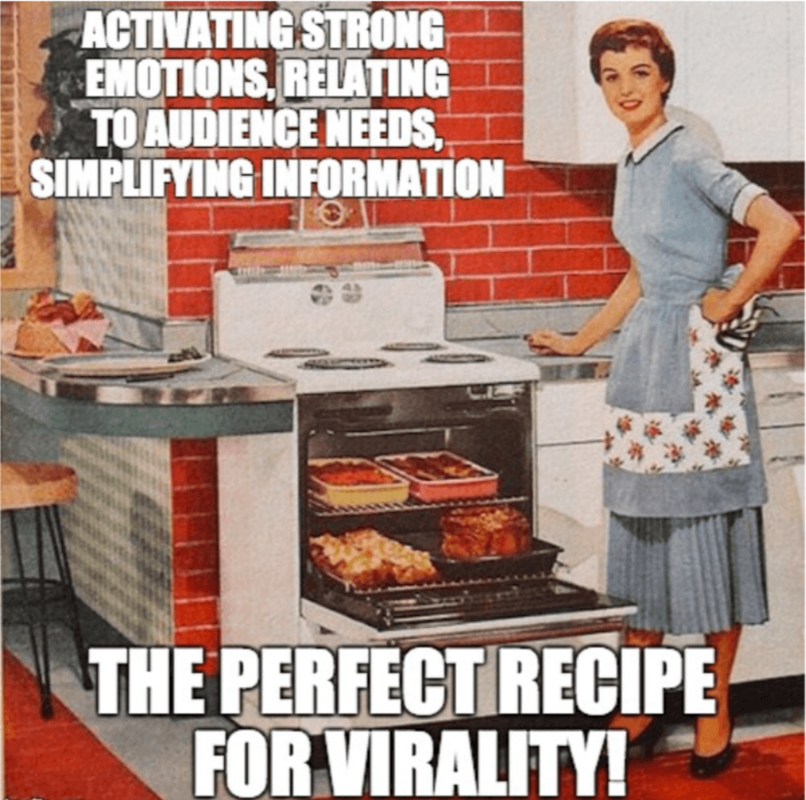It's no coincidence that these are the places where a lot of renewable energy generators (wind and solar) have been built in recent years. The cause of that is political goals, availability of "cheap" land, and federal tax incentive windfalls for the companies who construct them.
This coming shortage of electricity should come as no surprise to regular readers of this blog. I've been talking about it for years as government subsidies for renewable generators effectively price baseload generators, that can run when called because they can simply add fuel and generate when the need arises, out of the market. Renewables are intermittent resources, they only run when mother nature supplies their fuel. She's a fickle mistress.
The growing threat of power outages fueled by extreme weather calls for new approaches to grid oversight, the head of the Federal Energy Regulatory Commission said yesterday, adding that utilities and grid operators should “think differently.”
In the face of droughts and heat waves worsened by climate change, the commission must advance new policies to modernize power markets, build more transmission lines and safeguard energy infrastructure, said FERC Chair Richard Glick. Regulators, energy providers and others also need to adjust to the “new normal” as extreme weather events become more common, according to Glick.
“The old way doesn’t work anymore. We need to figure out a new approach, a much more reliable approach, and that’s what we’re trying to do here at FERC,” he said.
Chairman Glick got push back from a couple of other Commissioners, who made a lot more sense.
While Glick, a Democrat, said the FERC report underscored the need for more transmission lines and changes in U.S. power markets, Republican commissioners highlighted how retiring fossil fuel power plants may be exacerbating reliability challenges.
The Midwestern grid region, for example, is at a “high risk” of power shortfalls due to a decline in generation capacity this year relative to last year. Power shortfalls could occur during extreme temperatures, during periods of low wind power or in the event of generation outages in the coming months, FERC staff said in a presentation on the findings.
The staff analysis showcased the need for more natural gas infrastructure to support generators, and for regulators to address state energy policies that are “reliability-impairing,” said Republican Commissioner James Danly. He also questioned whether more investments in the electric transmission system would solve the reliability challenges.
“There is, in the minds of some, an idea that as long as we get the transmission issue correct, everything else will eventually solve itself. I am simply a skeptic,” Danly said.
But it was Commissioner Christie who succinctly nailed the problem with today's double time march toward zero carbon.
“There is clear, objective, conclusive data indicating that the pace of our grid transformation is out of sync with the underlying realities and physics of our system,” Christie said.
Many years ago, I opined that we shouldn't allow a bunch of environmentalist policy wonks to plan our electricity supply because they did not have the working knowledge to do so, simply a desire to meet their impossible goals. Keeping the lights on and keeping power affordable is simply not one of them.
Plunging headlong into a carbon-free energy future without the resources to support it is simply foolish!





 RSS Feed
RSS Feed